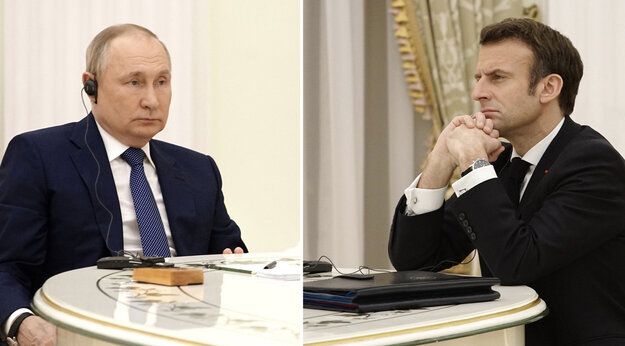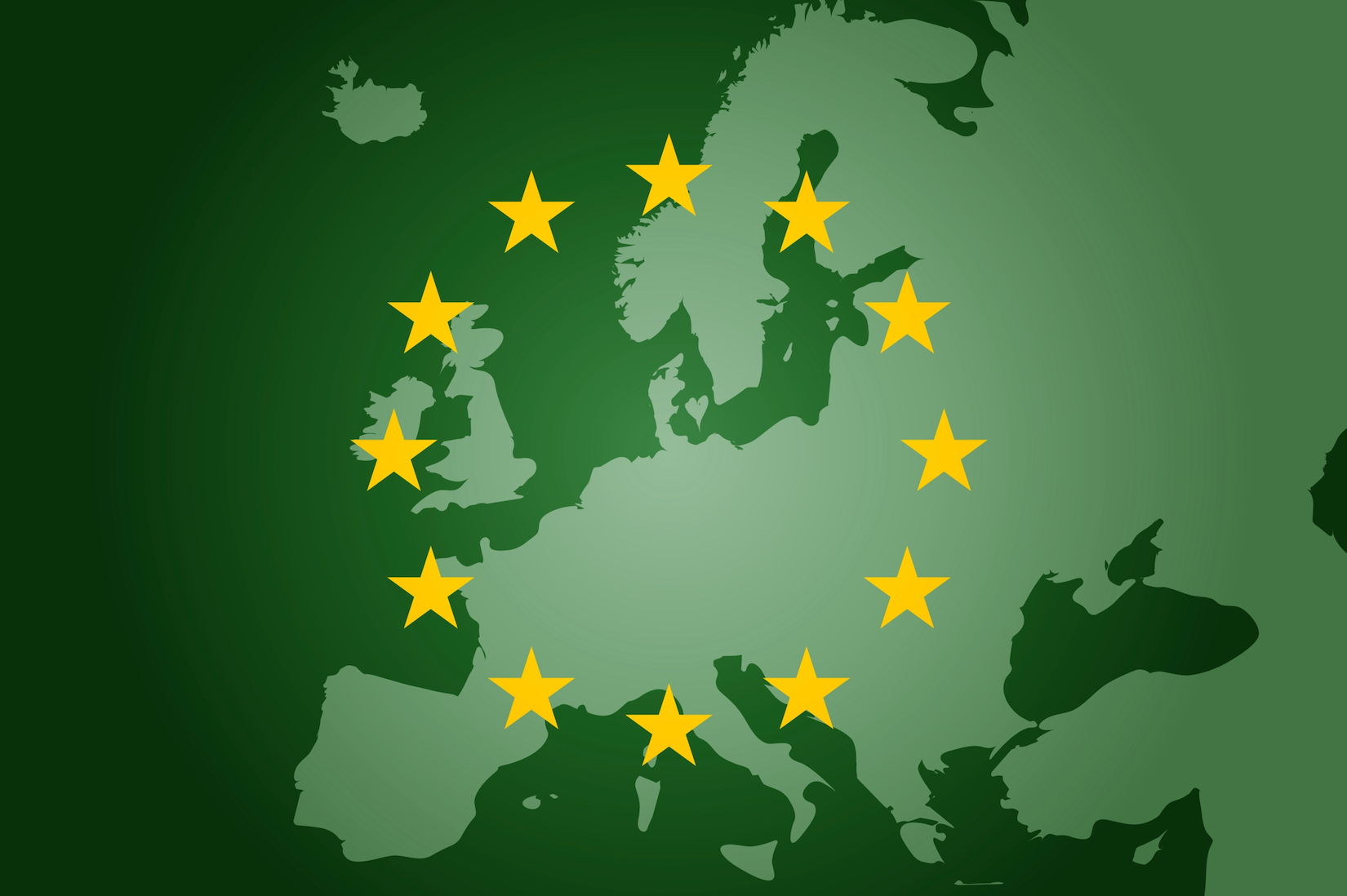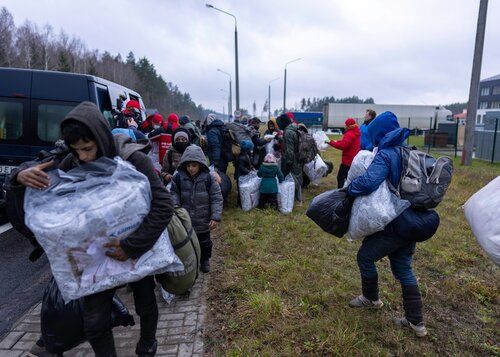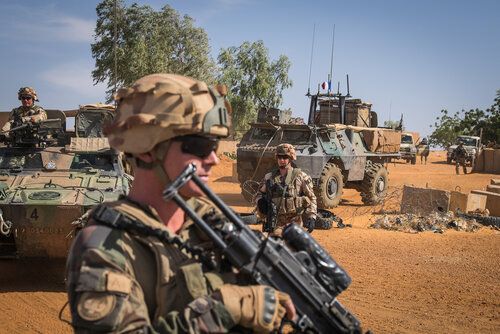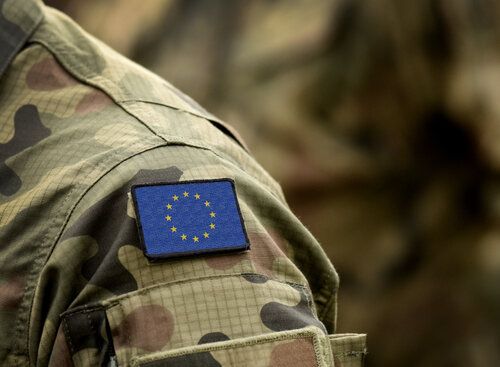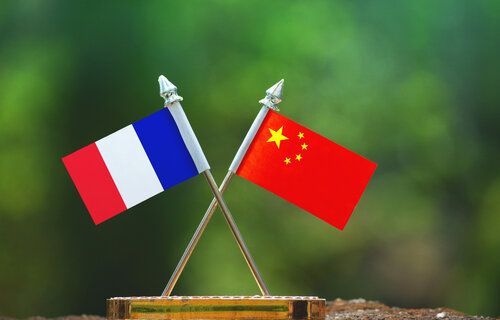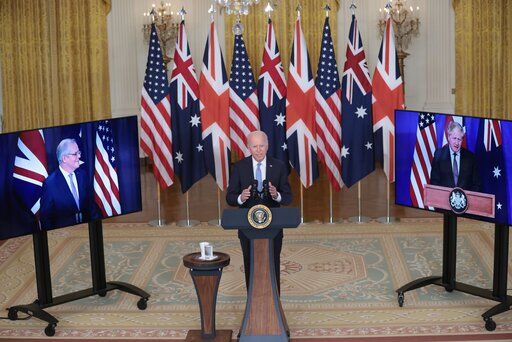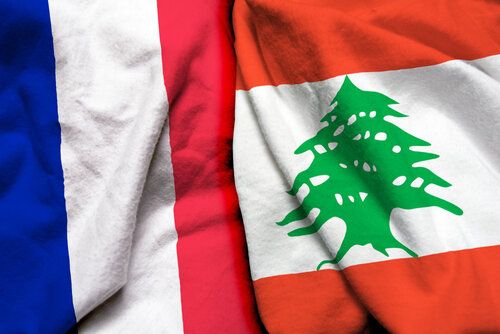The concept of European strategic autonomy, widely promoted by France, aims to make Europe a credible strategic actor, well-equipped, and capable of taking on global responsibilities. It is an idea that arouses some misgivings, particularly among European actors who have moved away from the field of defense and largely delegated this responsibility to the North Atlantic Treaty Organization (NATO). Some states (in Central and Eastern Europe) believe the autonomy plan risks weakening the security relationship with the United States, just when the latter is attempting to pivot toward higher-priority regions. Others, like Austria and Ireland, fear their policies of neutrality may be at risk.
Achieving consensus among thirty-odd countries that are so different geographically, historically, and politically is undoubtedly a challenge. The war in Ukraine should create a “strategic reawakening” among our European partners. The “burden-sharing” that Washington has legitimately called for will become absolutely necessary for Europe to act sustainably, with determination, and make a direct contribution to the security of the transatlantic area. Its capability to respond jointly to increasingly complex threats and to mount an effective defense of democratic values, the rule of law, and free access to common spaces, in a context of military showdown in its immediate neighborhood, will depend on it.
Europe on the Path of a Strategic Reawakening
It was an acute perception of mounting danger from 2014 onward, to the east and south of Europe, with the double impact of the Ukrainian crisis and the threat of terrorism, that led to the onset of a strategic reawakening. Real momentum kicked in at the European Union (EU) level after a decade without significant progress on defense and security. At the political level, Permanent Structured Cooperation aims to push forward defense projects among a subset of member states who have chosen to participate, circumventing the restrictions imposed by a need for unanimous decisions. On the capability front, the European Defense Fund, with its 2021–2027 budget of 8 billion euros, is contributing to the emergence of an industrial and technological base for European defense. And at the operational level, the European Peace Facility allows the armed forces of partner states to be supplied with military equipment, including lethal military equipment.
But the EU is not the only framework within which European strategic autonomy is being developed:
-
In 2017, France and twelve other nations launched the European Intervention Initiative, which aims to strengthen members’ ability to act together on operations.
-
European industrial cooperation is being dynamized by programs such as the Future Combat Air System fighter planes and the Main Ground Combat System tank, as well as emblematic decisions such as Greece and Croatia ordering French Rafale fighter aircraft rather than American F-35s.
-
Two ground-level operations provide a good illustration of what Europeans can do when their paramount interests are at stake: the Takuba counterterrorism task force in the Sahel (nine states involved) and the European Maritime Awareness in the Strait of Hormuz (EMASOH) operation (eight states involved).
The Shock of the Invasion of Ukraine
The operation launched in Ukraine by Vladimir Putin on February 24, 2022, clearly disrupts the tempo of this slow construction. This shattering return of war to the European continent has forced the EU, and several of its members, to lift the taboo of the exercise of military power. The most striking example is the decision to supply mass deliveries of weapons to Ukraine, either by the EU (via the EPF), or nationally, by states that had formerly been opposed to such practices, such as Germany or Sweden. More than anything, the invasion of Ukraine demonstrates the risks faced by European governments—and people—who often seem to want to ignore the fact of war. It now requires an ambitious response.
Nevertheless, it is too early to determine the exact impact of this conflict on the construction of an autonomous European defense policy. Symbolically, Germany’s commitment to raise its defense spending to 2% of GDP—accompanied by an investment of €100 billion—the announcement of a 3% target for Poland for 2023, and the referendum in Denmark about joining the Common Security and Defence Policy illustrate a dynamic of European rearmament. But it is also very likely that NATO, which has sometimes been considered to be on its last legs, will rediscover its relevance. What kind of link should be envisaged between the Alliance and the European Union, and what are the prospects for European sovereignty?
The Challenges of “Strategic Compass”
The EU started drafting its “Strategic Compass” in 2020, aware of the challenges posed by the changing strategic context. This document, expected in March 2022 and described by France as “the first White Paper on European defense”, is intended to strengthen the convergence of states, encourage collective resilience, and promote European sovereignty, by ensuring a triple ability to plan, decide, and act autonomously.
In light of the war in Ukraine, its primary ambition can still be strengthened. Today, European states must more specifically:
- focus on identifying and assessing threats and risks;
- ensure that they have more robust, responsive, and flexible structures and resources that are complementary to those at the national level;
- increase their spending, and in particular support innovation and investment in defense, allowing them to remain competitive against more aggressive competitors;
- effectively protect their critical technologies and infrastructures, and ensure the diversification of their supplies and the relocalization of their strategic production capabilities.
Even before the conclusion of the conflict in Ukraine, the EU must therefore set the new terms for a major strategic debate, allowing it to anticipate and organize itself to tackle the accumulation of direct or “hybrid” strategic threats that jeopardize its values and its coherence, whether they come from systemic competitors, regional competitors, or terrorist organizations.

